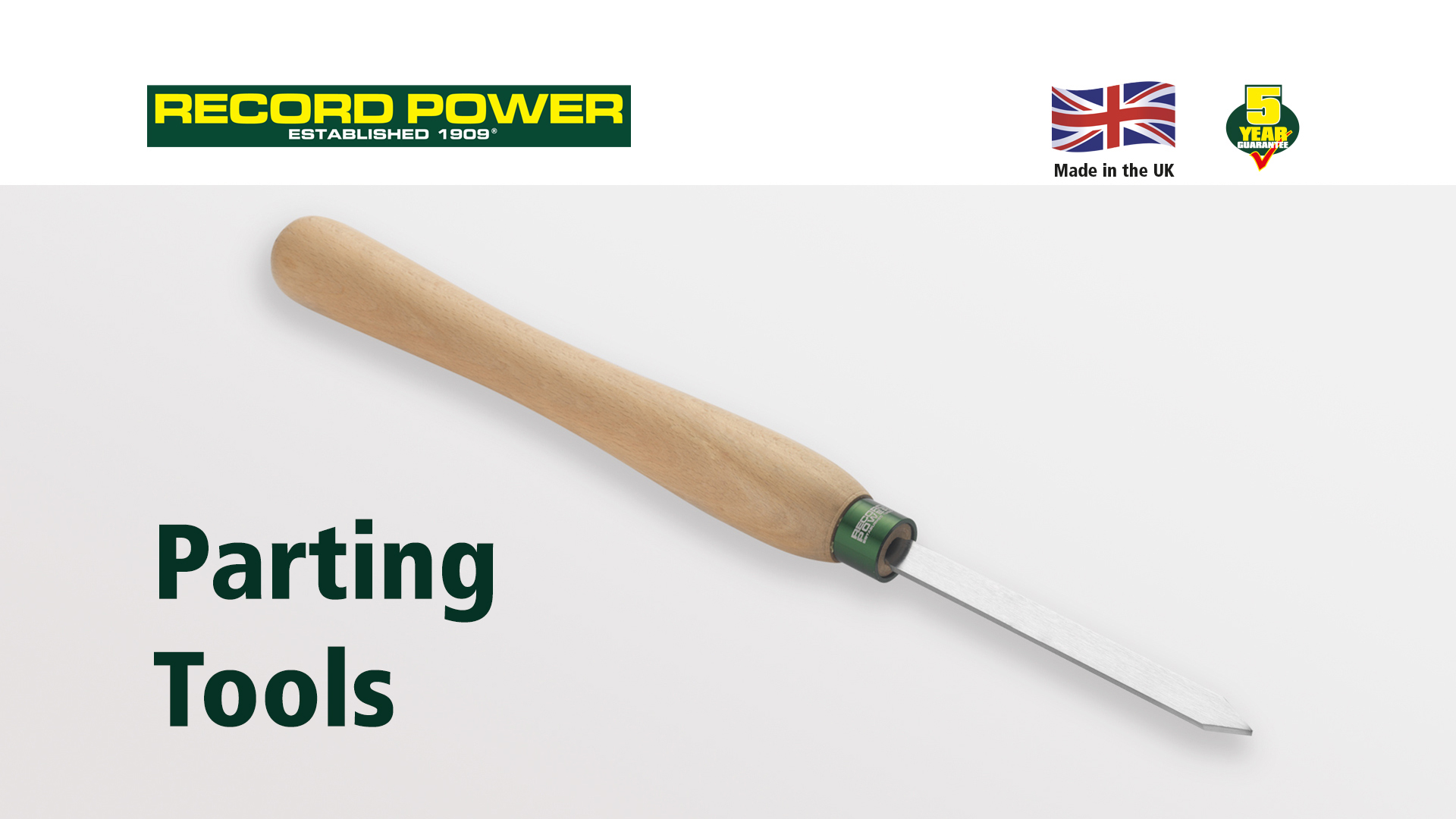How To Grind A Parting Tool

Your goal is to stop the grind at the exact moment it reaches the tip.
How to grind a parting tool. Grinding the end face of the tool The grinding rest was tipped to give the required end relief angle and the fence adjusted to give the front cutting edge angle. Being excited I went to the wood lathe to try out the new parting tool. Ill show you different types grinding tips and a few suggestions for saving s.
Grinding down too far will have the effect of reducing the blade width and so limits the depth the tool can be plunged. I was working on a handle for a gouge blade. Recommended clamping length is 4 x bar diameter d.
This video discusses the basic setup of a parting tool for the best results. First setting proper tool height will minimize the nib. Again the front cutting edge angle was not important although it is usually set to make the tip and less than 90 º.
Due to the angle of the table the belt will start to cut at the right rear of the top surface of the bit and as you grind the ground surface will approach the side cutting edge and cut into it. You can use whatever back rake you like if you achieve it by angling the entire blade like the Aloris holder. This includes the rectangular and diamond parting tools as well as the much wider beadingparting tool.
Try placing a quarter in front of the wood block that should work. A little low will cause a The tip of the tool should be exactly perpendicular to the workpiece. A demonstration on how to sharpen a lathe parting tool.
These blanks have flat tops which allow for the grinding of many different shapes. You can apply a degree of back rake at the same time too if you desire. This video covers how to properly grind the tool how to set the tool so it is ri.



















